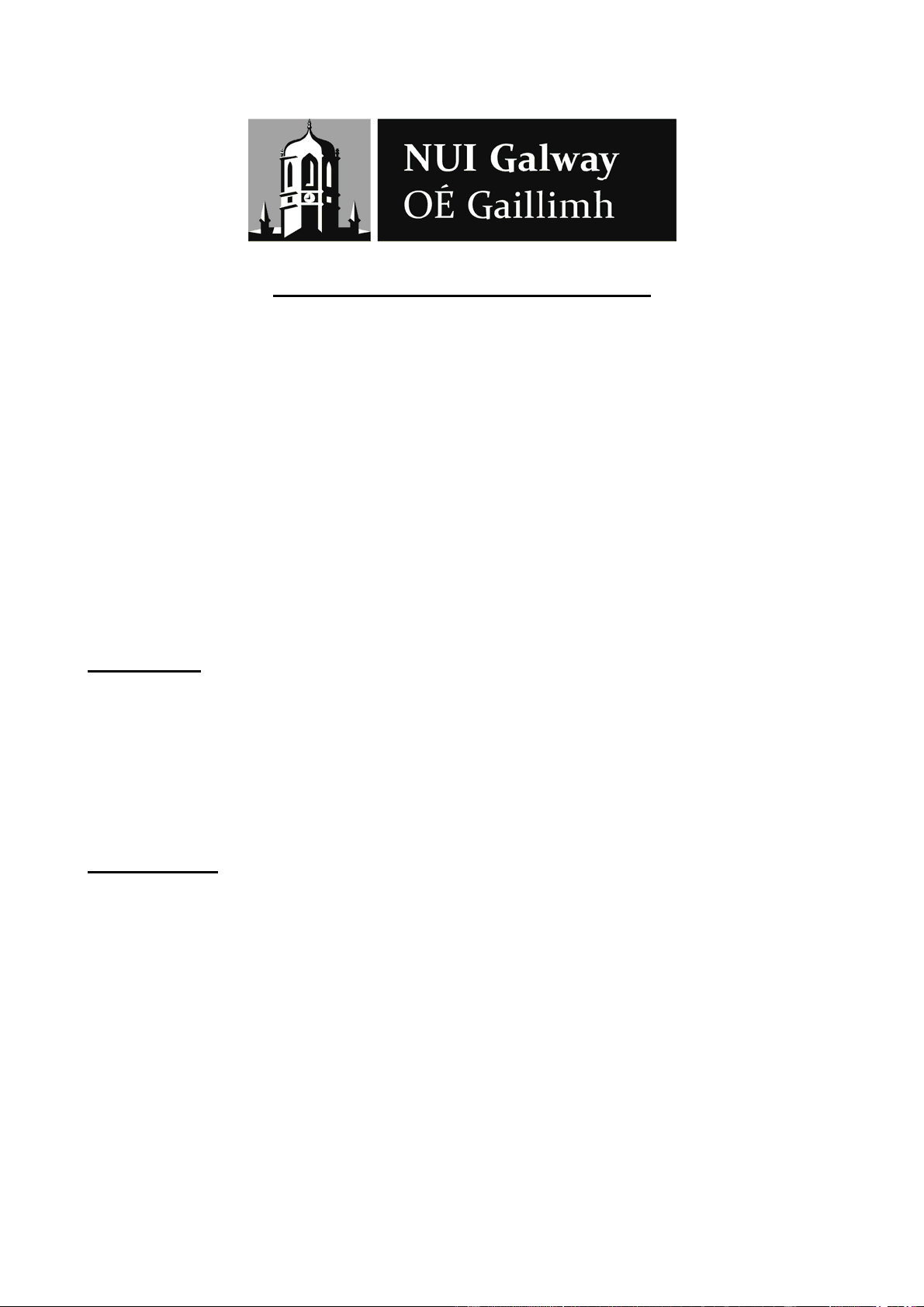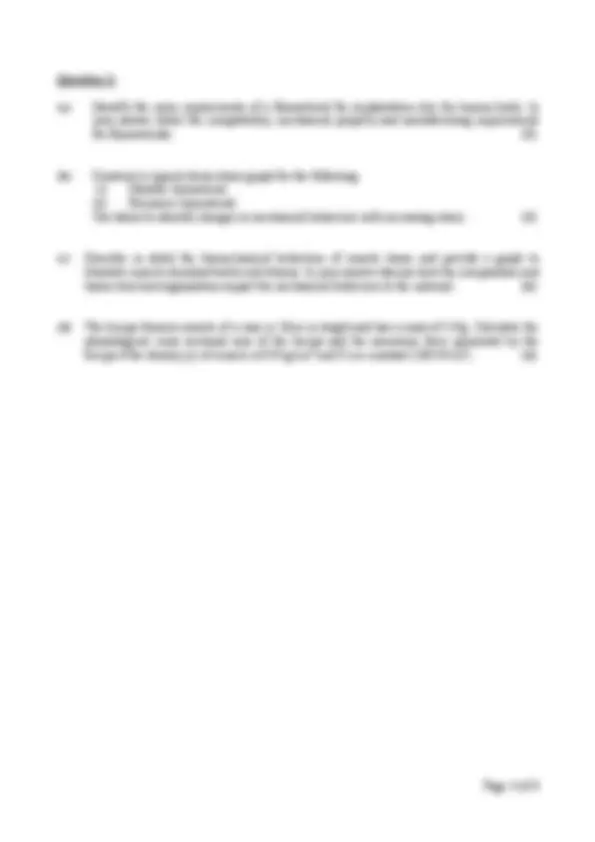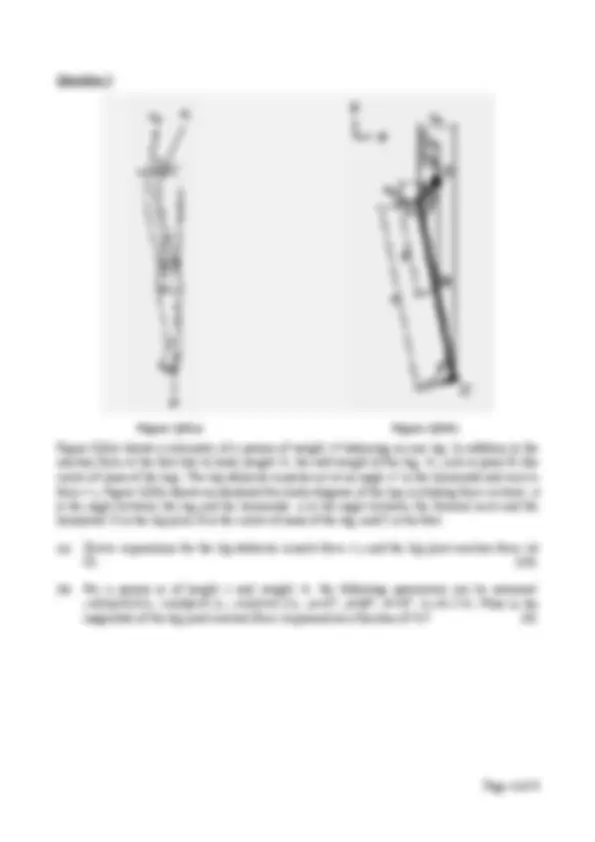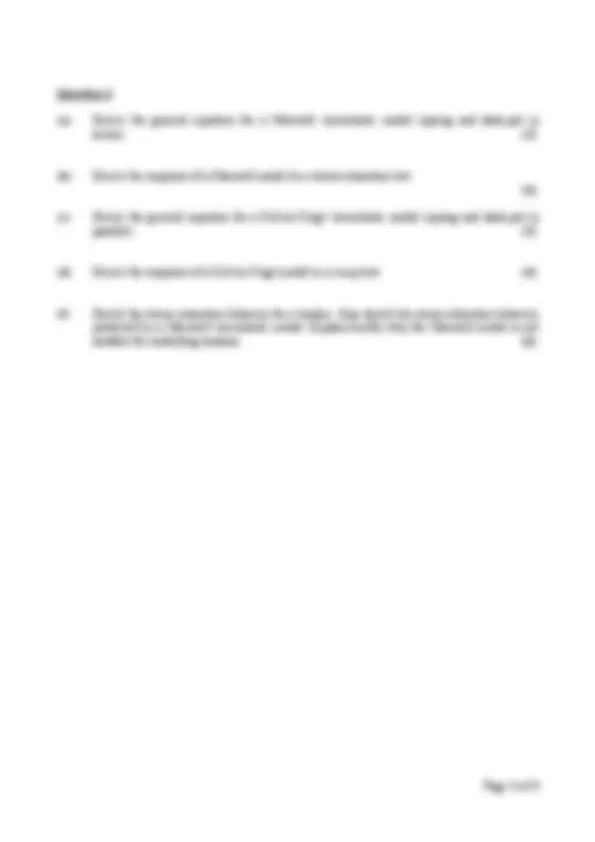





Study with the several resources on Docsity

Earn points by helping other students or get them with a premium plan


Prepare for your exams
Study with the several resources on Docsity

Earn points to download
Earn points by helping other students or get them with a premium plan
Community
Ask the community for help and clear up your study doubts
Discover the best universities in your country according to Docsity users
Free resources
Download our free guides on studying techniques, anxiety management strategies, and thesis advice from Docsity tutors
Main points of this past exam are: Propel, Swimmer, Swimming Performance, Water, Resist Movement, Submerged, Floating, Buoyant Force, Person, Hand Travels
Typology: Exams
1 / 5

This page cannot be seen from the preview
Don't miss anything!




Exam Code(s) 2BG Exam(s) 2 nd^ Biomedical Engineering
Module Code(s) ME Module(s) Introduction to Biomedical Engineering
Paper No. 1 Repeat Paper
External Examiner(s) Internal Examiner(s) Professor Peter McHugh Dr. Laoise McNamara Dr. Patrick McGarry
Instructions: (^) This paper contains 4 questions Answer 3 questions All questions will be marked equally
No. of Pages 5 Department(s) Mechanical & Biomedical Engineering Course Co-ordinator(s) Dr. Laoise McNamara
Requirements: Statistical/ Log Tables
Release to Library: Yes
Question 1:
(a) Identify the main forces involved in successful swimming performance. In your answer identify and describe: (i) Forces that propel the swimmer. (ii) Forces that resist movement of the swimmer through the water. [6]
(b) A swimmer is 82% submerged while floating in the pool. Estimate the buoyant force exerted on the swimmer if the volume of the person is 0.072 m^3 and the specific weight of water is 9.806 kN/m^3. If the swimmer inhales and increases their volume by 5%, how does this affect the buoyant force on the swimmer? [4]
(c) During a swimming race a swimmer’s hand travels at a speed (v) of 2.5 m/s, see Figure Q1. The pressure acting on the back of the hand is 1.5 x 10^5 Pa and the pressure acting on the front of his hand is 0.25 x 10 5 Pa. The surface area of the hand is 8.1 x 10-3^ m^2 , the coefficient of drag of the hand is 0.56 and the density of water is 1g/cm^3.
(i) Estimate the drag force generated by the swimmers hand. [3] (ii) Estimate the coefficient of lift. [5]
(d) Calculate the total propulsion generated by the hand. [2]
Figure Q
Question 3
Figure Q3(a) Figure Q3(b)
Figure Q3(a) shows a schematic of a person of weight W balancing on one leg. In addition to the reaction force at the foot due to body weight W , the self-weight of the leg, W 1 , acts at point B (the
horizontal. O is the hip joint, B is the centre of mass of the leg, and C is the foot.
(a) Derive expressions for the hip abductor muscle force FM and the hip joint reaction force (at O). [15]
(b) For a person is of height h and weight W , the following parameters can be assumed:
magnitude of the hip joint reaction force (expressed as a function of W )? [5]
Question 4
(a) Derive the general equation for a Maxwell viscoelastic model (spring and dash-pot in series). [3]
(b) Derive the response of a Maxwell model to a stress-relaxation test. [4]
(c) Derive the general equation for a Kelvin-Voigt viscoelastic model (spring and dash-pot in parallel). [3]
(d) Derive the response of a Kelvin-Voigt model to a creep test. [4]
(f) Sketch the stress relaxation behavior for a tendon. Also sketch the stress relaxation behavior predicted by a Maxwell viscoelastic model. Explain briefly why the Maxwell model is not suitable for modelling tendons. [6]